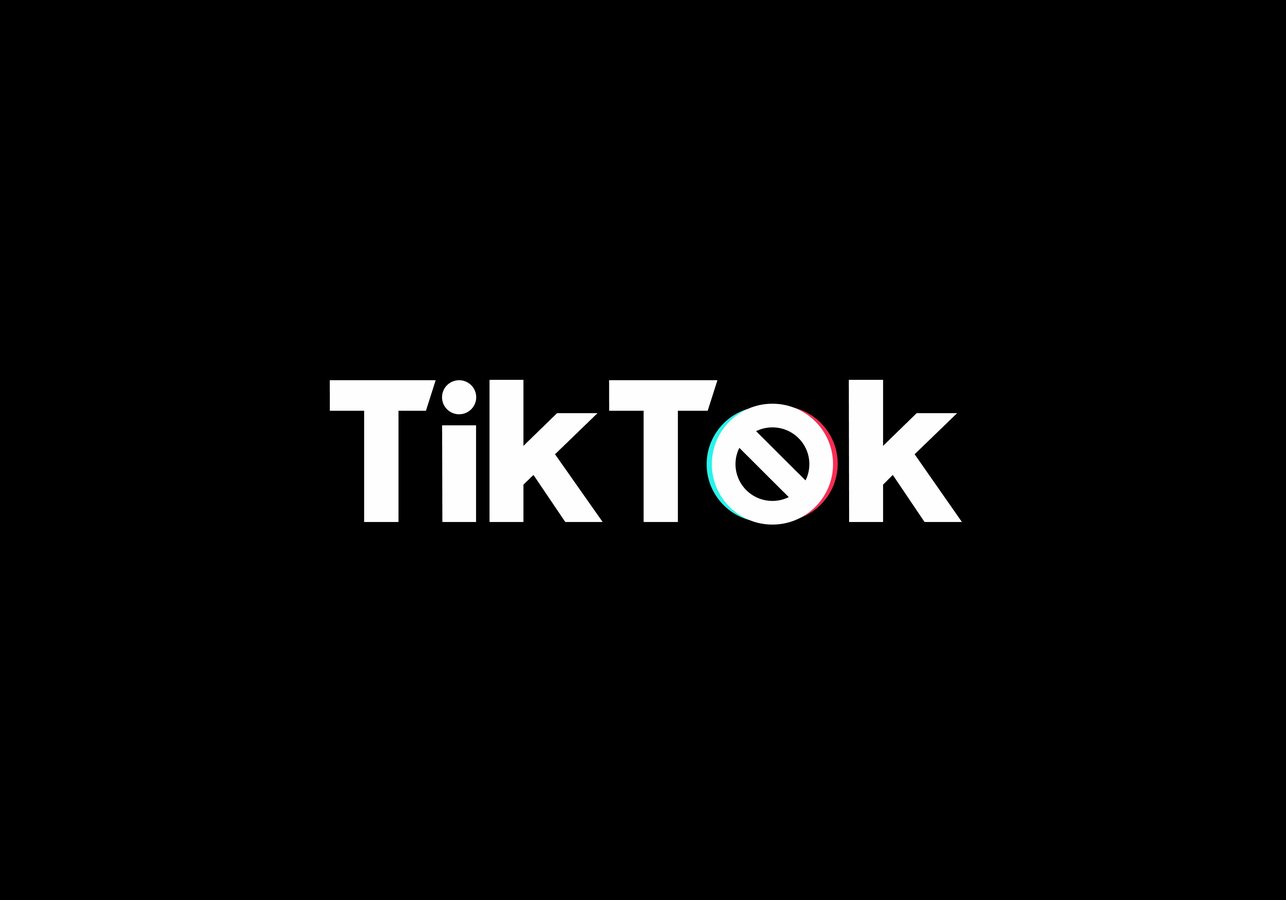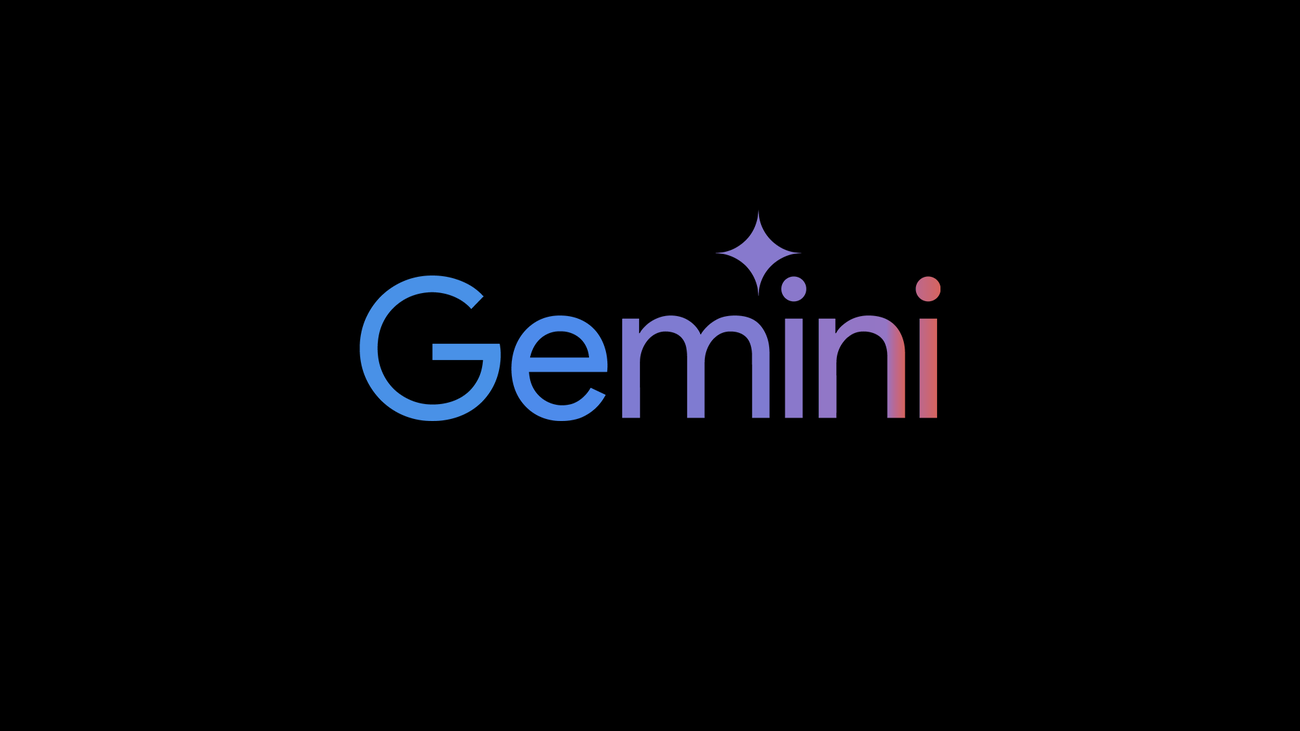OTT is the Next Social Media Ads
Discover how OTT / Connected TV is collapsing the funnel and transforming the marketing industry.

In recent years, marketing has undergone a major shift from traditional TV advertising to over-the-top (OTT) advertising. Today, audiences are increasingly using online streaming platforms to consume video content. As more people switch to streaming content, brands are investing more in OTT advertising. By the end of this year, $316.10 billion is expected to be generated in revenue by the OTT platforms.
For advertisers looking for the next game-changing tool, it’s here…
and it’s called OTT.
What is the Future of OTT Advertising?
Over-the-top advertising refers to streaming content on a device that bypasses traditional television. OTT is an industry disruptor. As traditional TV continues to lose viewers, people will stream more on platforms like Hulu, Netflix, Amazon, and many others. As a brand, the opportunities are endless in capturing new audiences and surpassing initial marketing objectives. OTT advertising is an effective way to engage your viewers, grow brand awareness, and track/measure campaign progress. And the surface has only just been scratched.
OTT Viewership Statistics
Before we discuss the latest over-the-top trends, here are some interesting OTT viewership statistics to point out.
- 3.23 billion OTT users last year (that number predicted to rise to 3.5 billion in 2023)
- By 2027, it’s estimated that OTT platforms will have 4.25 billion users
- Netflix (with 223 million subscribers) owns 16% of the OTT market share…followed by Disney+ and Amazon Prime Video
- 1.16 billion users streamed OTT videos last year
- In 2022, $5.28 billion was generated by video downloads on OTT platforms
- In the US, OTT platforms generated a revenue of $119.1 billion last year
- There are 820 million OTT streaming devices in the United States
- Brand engagement increases 24% after advertising a product on OTT platforms
- 66% of OTT viewers discovered new content while watching OTT videos
OTT Advertising Trends and Innovations
Here are six of the latest trends in over-the-top (OTT) advertising that are transforming the industry.
1. Content fragmentation
Content fragmentation focuses on delivering collections of content designed for specific targeted audiences. With OTT streaming, fragmentation means offering different types of video content on different platforms or devices. This approach can effectively align a brand’s services better with a selective audience. Not only does fragmentation result in ways to deliver different types of focused content, but also personalizes and improves the whole user experience.
2. Live OTT
Live broadcasts airing on social media and streaming channels are becoming more commonplace. Live social streams get two times more engagement than pre-recorded videos. This OTT advertising trend provides a significant opportunity to reach large and new audiences. Live airing OTT advertising can expand your reach, generate important audience data, and help produce consistent ad exposure.
3. Continued growth and expansion
To compete in the digital age, brands will invest more in OTT advertising to reach consumers. As we’ve seen with the growth of platforms like Hulu (45.3 million paid subscribers…a 39% increase in two years), if brands are not implementing OTT advertising into their strategy, it’s a missed opportunity to connect with a large number of viewers.
4. ‘Dynamic’ is trending
Dynamic advertising is when the ad content changes depending on who is watching. Also known as ‘retargeting’, dynamic ads allow brands to boost conversion rates. Once a consumer engages with an ad and visits a brand’s website, they can be tracked and shown more relevant advertisements. Targeting specific ads numerous times leads to brand awareness and increased conversation rates.
5. OTT super-aggregators
Super-aggregators allow their audience to access multiple streaming services through their platform. This is all in an effort to become a top hub for streaming video content. For instance, Amazon Prime allows members to subscribe to premium streaming channels – like Paramount+, AMC+, the Smithsonian Channel, and more – all within the Amazon Prime Video interface.
6. CTV growth
Though it’s not necessarily new, CTV will continue to grow. Standing for ‘connected TV’, CTV is an internet-connected device used to watch TV/video content online. It could be a smart TV, gaming console, or some other sort of internet-connected device. Different types of CTVs include PlayStation, Roku, Amazon Fire TV, Apple TV, and more. The rise of CTV has led to a phenomenon known as “cord-cutting,” which is the trend of customers canceling their traditional cable and satellite subscriptions in favor of streaming formats.
OTT vs Traditional TV
With accessibility like never before, OTT platforms are breaking the mold of traditional TV. Unlike traditional TV advertising, OTT advertising offers advanced targeting capabilities, audience tracking, and ROAS tracking. Shifting from traditional TV advertising to OTT advertising allows brands to provide a highly personalized experience and effective content scaling to attract and retain viewers like never before.
How Your Brand Can Leverage OTT
Interested in how OTT advertising can help your business? Cuker helps brands win in the digital age. Collaborating with your team, we drive awareness, conversions, and revenue through targeted video campaigns. Utilizing advanced technology, data, analytics, and consumer targeting, we make every dollar go further to help grow your business.





